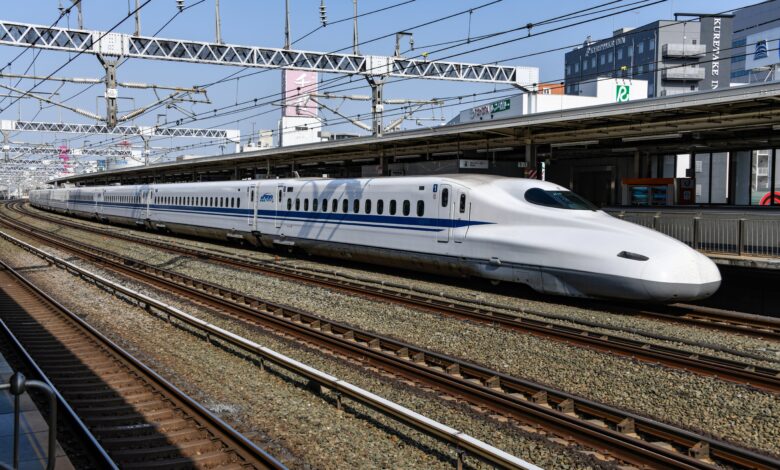
Bullet Trains: The Shinkansen Dream of PH
The prospect of introducing high-speed rail, commonly known as bullet trains, to the Philippines has sparked both excitement and debate. As the nation looks to enhance its transportation infrastructure, it’s crucial to examine the advantages and challenges associated with this ambitious endeavor. In this article, we delve into the potential benefits and hurdles that come with the introduction of bullet trains in the Philippines.
Advantages
Efficient and High-Speed Travel
One of the primary advantages of bullet trains is their incredible speed. It allows passengers to traverse long distances in a fraction of the time it takes with conventional modes of transportation. This can revolutionize travel between major cities in the Philippines. The beauty of it? It will reduce travel time and boost overall efficiency.
Economic Stimulus
The implementation of a bullet train system can act as a catalyst for economic growth. It creates job opportunities during construction and operation, stimulates tourism, and encourages business development along the rail routes. The increased connectivity could attract both domestic and international investors. Furthermore, it will foster economic development in regions served by the high-speed rail network.
Environmental Sustainability
Bullet trains are known for their energy efficiency and lower environmental impact compared to traditional modes of transportation. They are often electrified and produce fewer emissions per passenger. In short, this means that it will contribute to the country’s efforts to reduce its carbon footprint. It is a win for the country.
Reduced Traffic Congestion
The best thing about bullet trains? It will massively reduce traffic congestion. By providing a fast and efficient alternative to road travel, bullet trains can help alleviate traffic congestion in major urban areas. This not only saves commuters time but also reduces the environmental and economic costs associated with congested roadways.
Challenges
High Initial Costs
Of course, bullet trains do not come cheap. The construction of a high-speed rail system requires a significant upfront investment. The costs associated with land acquisition, infrastructure development, and technology implementation can pose a challenge, especially for a developing economy like the Philippines.
READ: Modernizing the Police Force
Land Acquisition and Right-of-Way Issues
Building rail systems are complicated. Securing the necessary land for the rail system and addressing right-of-way issues can be a complex and time-consuming process. In densely populated areas, obtaining the required land may face resistance from local communities, adding another layer of complexity to the project.
Technological and Infrastructure Challenges
Bullet trains and technology must be in sync. Introducing high-speed rail requires advanced technology and infrastructure, including a well-maintained and straight track. Building bullet train rail systems can present technical challenges that need to be addressed to ensure smooth operation.
The introduction of bullet trains in the Philippines holds the promise of transforming the nation’s transportation landscape. While the benefits are enticing—efficiency, economic growth, and environmental sustainability—the challenges, particularly related to costs and logistical considerations, cannot be ignored. A thorough assessment of these advantages and challenges is essential to make informed decisions about the feasibility and implementation of high-speed rail in the Philippines. Ultimately, if managed effectively, a bullet train system could be a transformative force, propelling the country into a new era of connectivity and progress.
